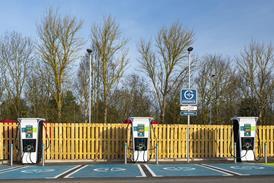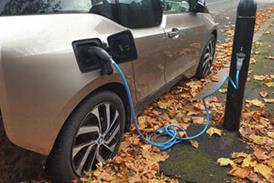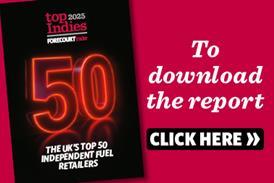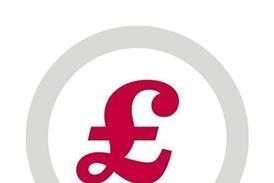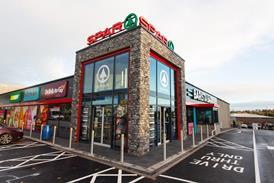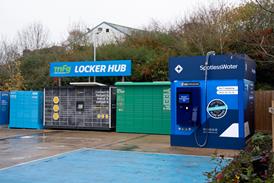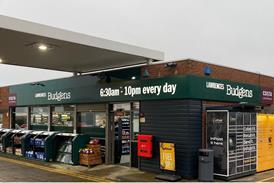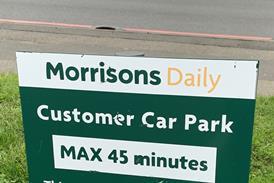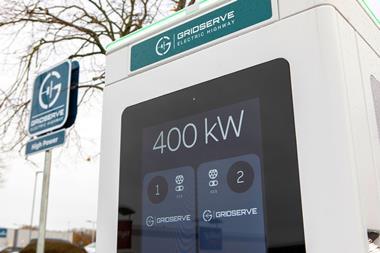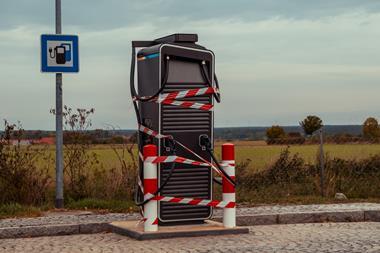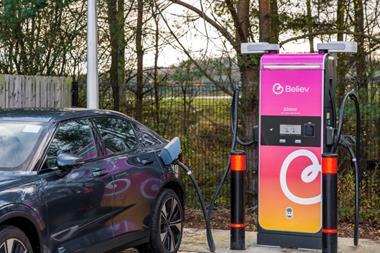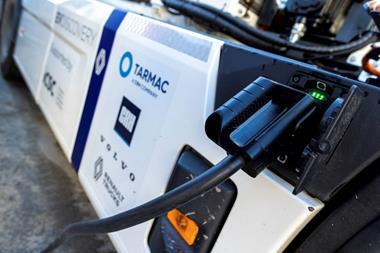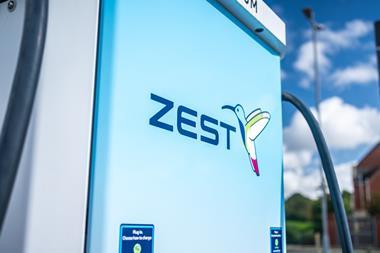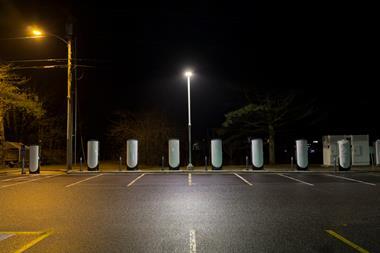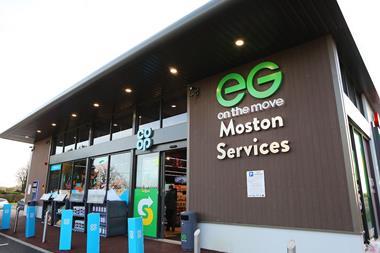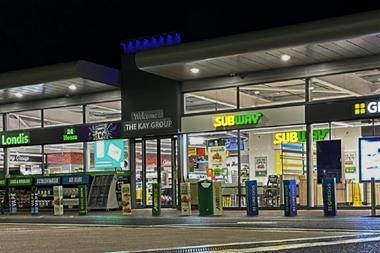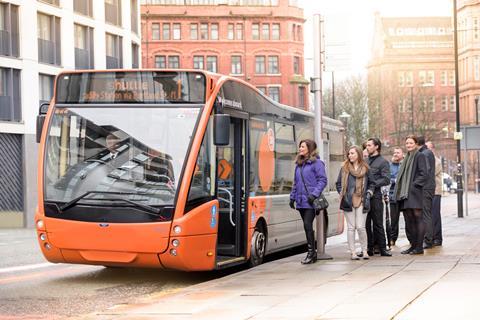
The UK has maintained its status as having Europe’s biggest zero-emission buses (ZEB) market by volume, with 1,570 electric or hydrogen units entering service across all three bus types last year, representing a 35.5% increase in demand.
However, it was a different story in the HGV market where operator demand for zero emission trucks fell, by -7.3% to just 217 units in 2024, with a 0.5% market share – the same as in 2023.
Both sets of figures come from the Society of Motor Manufacturers and Traders (SMMT), which says growth in ZEBs was driven, in part, by increased model availability, with operators able to choose from 17 different options – particularly single- and double-deckers, where ZEBs comprised 43.9% of registrations.
The SMMT reveals that the UK’s new bus, coach and minibus market recorded a second consecutive year of growth in 2024 as well as its best annual performance since 2008.
Figures published show a 70.1% increase in registrations in 2024, which saw 8,390 buses join Britain’s roads to make it the largest overall European bus market.
Mike Hawes, SMMT chief executive, says: “Two years of growth and a 16-year high have cemented the recovery of Britain’s bus sector, with passenger numbers continuing to rise alongside increasing deliveries of new zero-emission buses. Government funding is helping deliver this standout performance and, as Europe’s largest zero emission bus market, we are well on our way to achieving our net zero goals, improving air quality and providing sustainable public transport in every region.”
However, sales of new HGVs fell for the first time in three years in 2024, with registrations down by -2.7%, according to SMMT figures.
With regards to low demand for zero-emission trucks, the SMMT is concerned because the UK has signalled it will end the sale of all new, non-zero emission HGVs weighing up to 26 tonnes in 2035 – almost three-quarters of the market last year – so uptake must grow exponentially in the next decade.
Manufacturers have invested significantly to deliver a wide choice of ZEV models, says the SMMT, but the higher cost of production means higher acquisition costs for operators – in addition to expensive depot infrastructure upgrades – posing significant barriers to uptake. The UK has the world’s most ambitious end-of-sale targets for new, non-zero emission HGVs but the SMMT says substantial support is needed to meet them.
Hawes says: “With the Plug-in Truck Grant – available to fleet operators since 2016 – set to end in six weeks’ time, an updated replacement that offers compelling incentives for all new zero emission HGV models, along with support for depot upgrades, is critical. Such support will be available to a limited number of fleets taking part in the Zero Emission HGV and Infrastructure Demonstrator programme this year. However, with results not expected until 2030 at the earliest, further measures are needed to grow uptake further.
“The provision of en-route infrastructure is also limited, with fewer than five HGV-dedicated chargepoints on UK roads. Mass market adoption of zero emission trucks depends on their charging needs being met via a national vehicle infrastructure strategy, which must consider all vehicle types. Indeed, given the majority of the new HGV market must be zero emission by 2035, action must begin now.”

